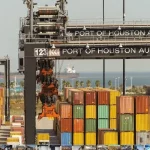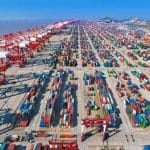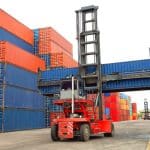US RETAIL IMPORTS EXPECTED TO REMAIN BELOW 2022
U.S. ports are seeing a rise in import cargo volume after a near three-year low in February, according to the Global Port Tracker report released on Monday by the National Retail Federation and Hackett Associates. However, the report also forecasts that import volumes will remain well below last year’s levels, owing to economic uncertainty and other supply chain challenges such as trucker shortages and difficulties in getting empty containers back to terminals. According to the Global Port Tracker report, U.S. ports handled 1.62 million TEUs in March, a 5% increase from February but a 30.6% drop from the same period last year. While April numbers are not yet reported, projections indicate a decline of 23.4% year-over-year to 1.73 million TEUs, with May and June forecast at 1.83 million TEUs and 1.9 million TEUs, respectively. The third quarter of 2023 is expected to total 6 million TEUs, down 7.2% from the same time last year, and the first nine months of the year would total 16.5 million TEUs, down 17.8% year-over-year. Looking at the first half of 2023, the NRF has now revised down its forecast for retail imports, to 10.4 million TEUs from 10.8 million TEUs previously. This would mark a 22.8% from the first half of 2022.
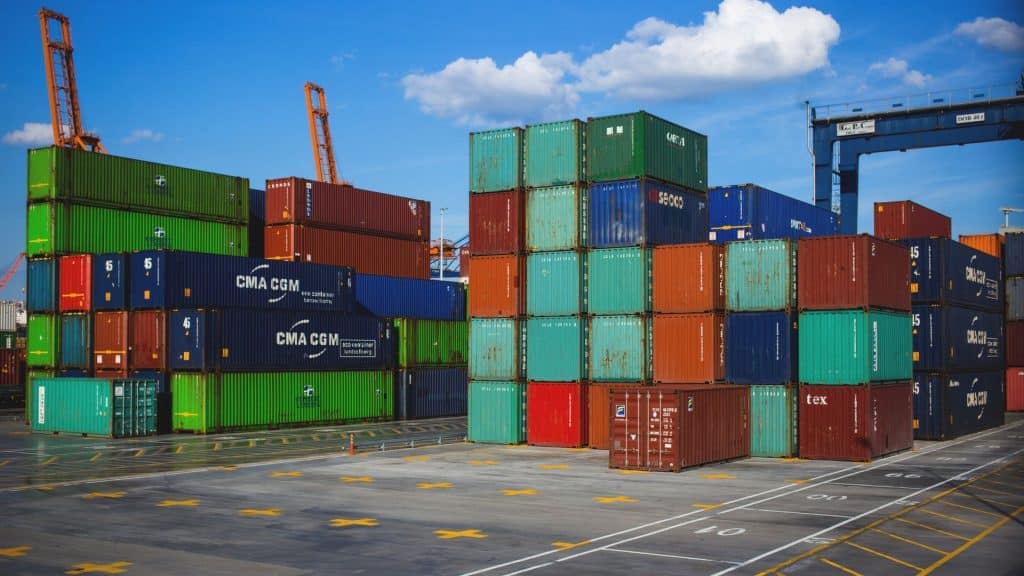
CALIFORNIA’S PORT DOMINANCE SLIPPING AS CARGO SHIFTS EAST
California has suffered a series of economic blows this year, from torrential rains that inundated farmland to the failure of three regional banks. Now the state’s $2.8 trillion freight industry is under threat. Southern California’s ports have grown up alongside China’s rise as a global trading power, moving almost 40% of containerized imports into the US from Asia for the past two decades. But the pendulum is swinging east as the pandemic’s cargo crush pushed the Los Angeles and Long Beach complex close to the breaking point, allowing ports from New York-New Jersey to Houston to grow their market share. A gradual shift was already underway. But it’s getting supercharged by simmering West Coast port labor talks, the near-shoring of factory production amid rising tensions with China, and US population growth shifting to the Sunbelt states. Some observers worry that the LA Long Beach docks will struggle to stay the US’s No. 1 ocean gateway over the long run. With negotiations between nearly 22,000 West Coast dockworkers and employers approaching the one-year mark this week, skittish logistics managers are taking action to avoid potential strikes and lockouts by realigning supply routes away from LA’s San Pedro Bay. Burned by pandemic-era bottlenecks, businesses are placing more of a premium on reliability.
U.S. LAUNCHES $4 BILLION EFFORT TO ELECTRIFY U.S. PORTS, CUT EMISSIONS
The Biden administration on Friday launched a $4 billion effort to electrify U.S. ports and cut heavy duty truck emissions as the government looks to address disproportionate impacts on nearby communities. The U.S. Environmental Protection Agency (EPA) said it was seeking input in its $3 billion Clean Ports Program to reduce pollutants at U.S. ports and its $1 billion Clean Heavy-Duty Vehicle Program to reduce vehicle emissions near ports and other truck routes. EPA wants details about the availability, market price, and performance of zero emission trucks, zero-emission port equipment, electric charging and other infrastructure needs for zero-emission technologies. California regulators last week approved new rules requiring all medium- and heavy-duty vehicles sold in the state in 2036 be zero-emission and new reduced emission regulations for locomotives. Big rigs, local delivery and government fleets must transition to zero emission by 2035, garbage trucks and local buses by 2039, and sleeper cab tractors and specialty vehicles by 2042.
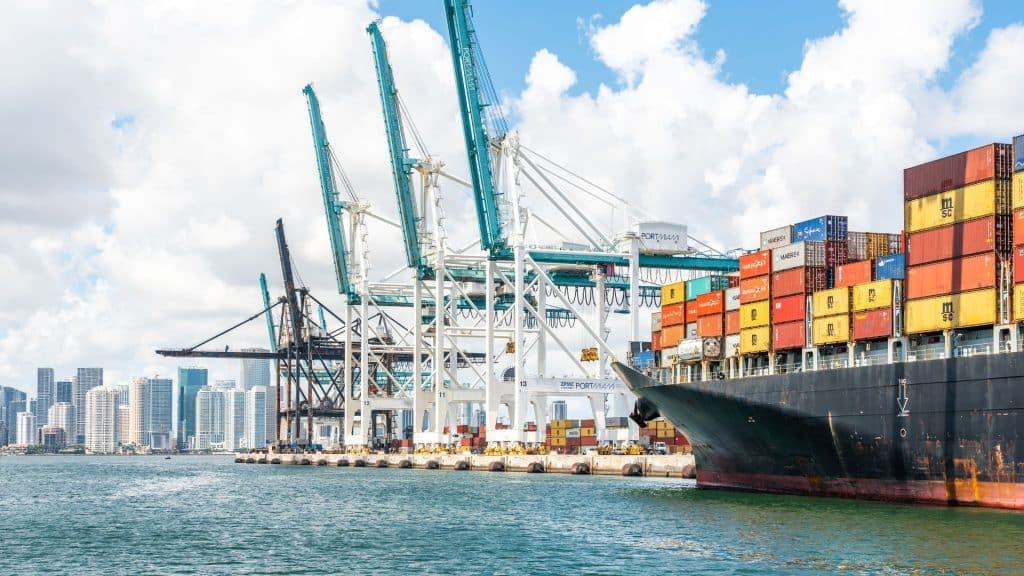
VANCOUVER WILL USE TWO-PHASED APPROACH FOR BUILDING, OPERATING NEW TERMINAL
Now that it has cleared a major environmental hurdle, the Vancouver Fraser Port Authority aims in the next two years to choose a contractor to construct the landfill portion of the more than C$3 billion (US$2.25 billion) Roberts Bank Terminal 2 (RBT2), and later in the decade will choose a terminal operator to build and operate the facility. The two-phased approach of beginning the landfill work before an operator is chosen underscores the magnitude of constructing a large container terminal on property to be reclaimed from the ocean.
NY-NJ TERMINALS ALTER FREE TIME TARIFF AS FMC RULE ON CLOSED GATES LOOMS
Marine terminals at the Port of New York and New Jersey that open on weekends and holidays will be able to use those gate hours as part of their free time calculation for container storage under a tariff change due to take effect June 1. Under current rules, terminals do not count weekends and holidays as part of free time, whether they are open or not. The rule changes will not have much of an initial cost impact on shippers as almost all New York-New Jersey terminals are closed on weekends and holidays,thereby not counting toward free time.
